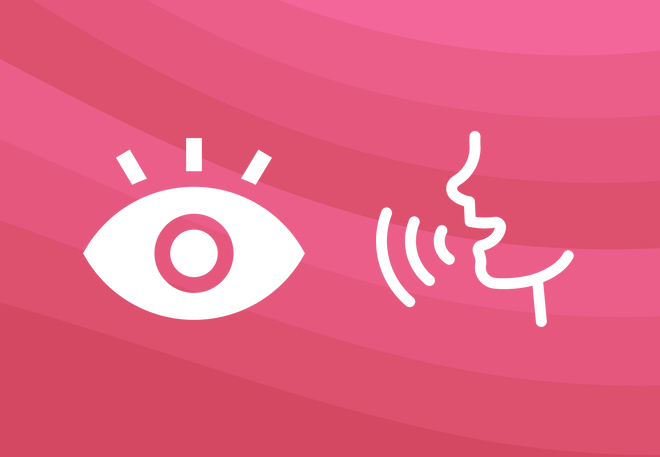
Dual coding is a teaching strategy involving visual and verbal information to enhance learning. The concept of dual coding is rooted in cognitive psychology, which suggests that the human brain processes information in two distinct ways: verbally (language-based) and visually (image-based). By using both forms of communication simultaneously, we can increase the likelihood of information retention and recall.
An appealing advantage of dual coding is that it can make complex concepts more accessible. For example, in a science lesson, we can use images to illustrate complex scientific concepts that might be challenging to understand through verbal instruction alone. Dual coding can help students understand the material more efficiently and provide a memorable visual reference that they can use to remember the information later.
In addition to enhancing student understanding, dual coding can improve memory retention. Research by Alain Paivio and many others (see below) shows that learners are more likely to remember information when presented in verbal and visual formats because the two forms of communication activate different brain areas. By engaging both areas simultaneously, we can increase the likelihood of information sticking in long-term memory.
Finally, dual coding can make learning more engaging and enjoyable for students. Incorporating visual aids and multimedia elements into lesson plans can help provide stimulus and engage interest in the subject matter. This, in turn, can lead to improved motivation and a greater desire to learn.
In conclusion, dual coding is a highly effective teaching strategy that can improve student learning outcomes. Using visual and verbal communication, we can make complex concepts more accessible, improve memory retention, and make learning more engaging and enjoyable. If you want to learn more, including many practical strategies, please explore our On-Demand course Dual Coding in the Primary Classroom.
References
Baddeley A. Working memory, thought, and action. OUP Oxford; 2007 Mar 15.
Clark, J. M. & Paivio, A. (1991). Dual coding theory and education. Educational Psychology Review, 3(3), 149-170.
Harp, S. F., & Mayer, R. E. (1998). How seductive details do their damage. Journal of Educational Psychology, 90, 414–434.
Mayer, R. Multimedia learning. Cambridge: Cambridge University Press; 2009.
Meyer, R. E., & Anderson, R. B. (1992). The instructive animation: Helping students build connections between words and pictures in multimedia learning. Journal of Educational Psychology, 4, 444-452.
Paivio, A. (1971). Imagery and Verbal Processes. New York: Holt, Rinehart & Winston.
Paivio, A. (1986). Mental Representations. New York: Oxford University Press.
Paivio, A. & Begg, I. (1981). The Psychology of Language. New York: Prentice-Hall.
Paivio, A., & Csapo, K. (1973). Picture superiority in free recall: Imagery or dual coding? Cognitive Psychology, 5, 176–206.
Reed SK. (2006) Cognitive architectures for multimedia learning. Educational psychologist. 2006 Jun 1;41(2):87-98.
Roam, D (2009). The Back of the Napkin: Solving Problems and Selling Ideas with Pictures. London: Marshall Cavendish
Sweller, J., Ayres, P. and Kalyuga, S. (2011) Cognitive Load Theory. New York, NY: Springer New York.
Weinstein Y, Sumeracki M, Caviglioli O. (2019) Understanding how we learn: A visual guide. Oxford: Routledge, p83

.png)




